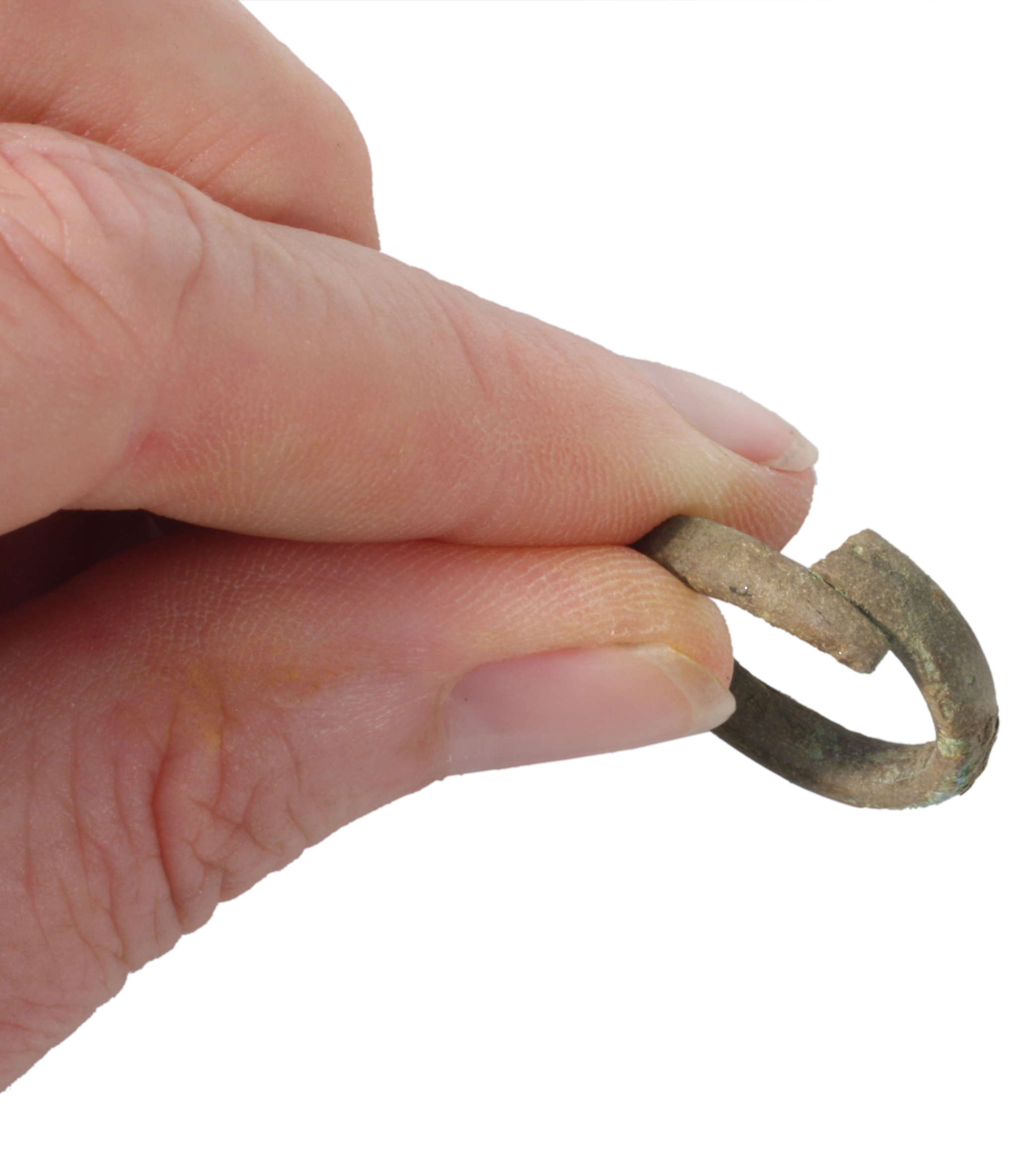The site known as Phase 12 has now been fully stripped of topsoil to reveal a large and complex archaeological site. As all of the adjoining areas have been excavated, we could almost predict what we were going to find!
The excavations have provided further information about the Middle Iron Age settlement excavated to the east in 2007. More enclosure ditches, pit clusters and postholes have been found, many of which contained large quantities of pottery. A 4-post structure, which may represent a granary, was found close to two that were excavated in 2007.

Two complex areas have been revealed, and both appear to be Early Romano-British in date. An area to the north contained several enclosure ditches and boundaries. Finds included a stamped samian platter and polished bone handle (described here).
The second area was located on the eastern edge of the site, and contained many ditches, gullies and pits, including large pit clusters. Many similar features have been found in previous excavations, and seem to represent the repeated and persistent re-digging of certain areas, possibly to gather clay for building or pot-making. Interesting finds in this area include a conical lead loomweight and a small finger ring. One large pit was particularly unusual, containing a relatively large amount of sizeable pottery sherds, brick and roof tile. Many of the finds suggest that a building may have stood close by, but as yet no direct evidence of this has been found within the limits of the quarry.
For more about the Kingsmead Quarry, Horton excavations click here